

 NEWS
NEWS

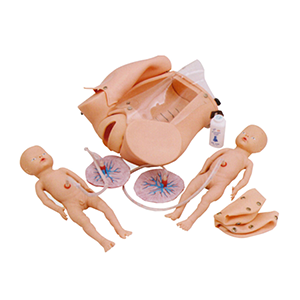
The Advanced Delivery Mechanism demonstration series model is a professional simulation device used in obstetrics and gynecology teaching and midwifery skills training, aiming to help learners intuitively understand the entire delivery process and key points of related operations.
Th...
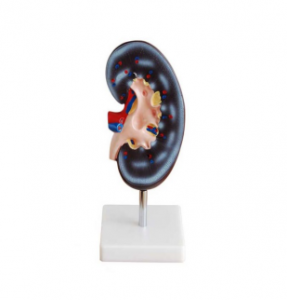
The application methods of renal anatomical models are mainly used in medical teaching, nursing training and scientific research demonstrations, which can help learners intuitively grasp the morphology, structure and function of the kidneys. This model is designed based on the anatomical scale of the human body and usually includes the external ...
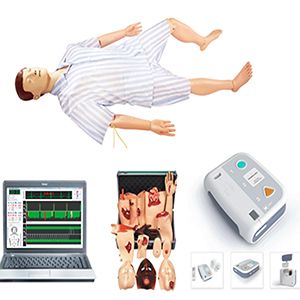
The Advanced Comprehensive emergency Nursing Training simulation manikin is a simulation device designed for hospital teaching and advanced nursing training, aiming to enhance the response capabilities of medical staff to complex emergency scenarios. This simulation manikin is designed based on the real human anatomy and physiological features, ...
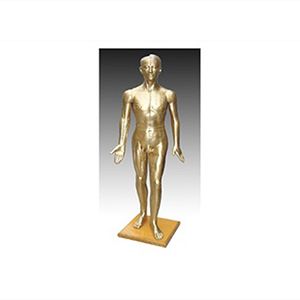
The acupuncture bronze figure was an important tool for acupuncture education and research in ancient China. Its principle was mainly reflected in two aspects: the location of meridians and acupoints and clinical simulation training. The most famous acupuncture bronze figure in history appeared during the Northern Song Dynasty and was made under...
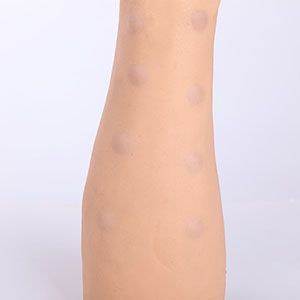
The advanced intradermal injection model simulation exercise for the arm is a practical training tool specially designed for nursing and clinical teaching. It can truly reproduce the anatomical structure and skin texture of the human arm, and is particularly suitable for intradermal injection technique training.
more +
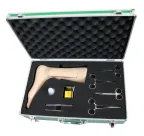
The operation norms of the venotomy model are mainly used in medical teaching and skills training, aiming to help learners master the basic methods of venotomy and puncture, improve operational proficiency, and reduce clinical risks. This model typically simulates the distribution of veins...
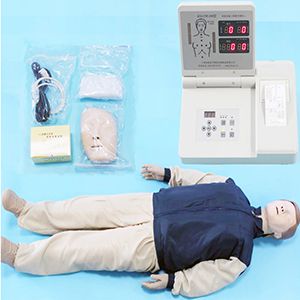
The operation principle and standards of the cardiopulmonary resuscitation (CPR) model mainly rely on high-fidelity simulation technology to help trainees master the correct steps and techniques of CPR. This model is designed based on human anatomy and physiological characteristics and can truly reproduce the thorax, airways and circulatory resp...
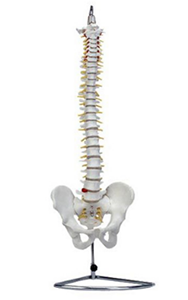
The natural large spine model is made to the real scale of the human body, presenting the entire spine structure from the cervical vertebrae to the coccyx in full. It also includes the pelvis and the base of the occipital bone, clearly showing the morphological characteristics of the vertebral bodies, intervertebral discs, vertebral arches, tran...
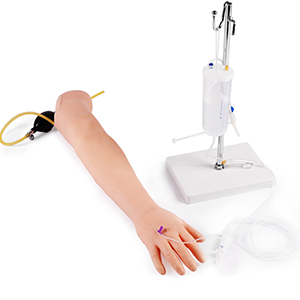
The advanced children's arterial injection model is a highly realistic medical teaching device specially designed for children's arterial puncture and injection skills training. It is widely used in clinical training and skills assessment in pediatrics, anesthesiology and emergency departments.
more +
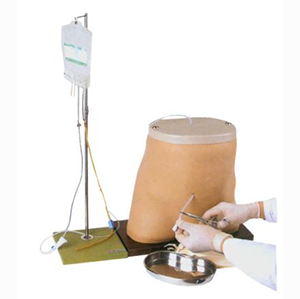
The guidelines for the covered dialysis model aim to assist medical staff in correctly using and maintaining the peritoneal dialysis teaching model and improving the training effect. Before use, the model should be placed on a stable tabletop to check whether the dialysis pipeline and the ...
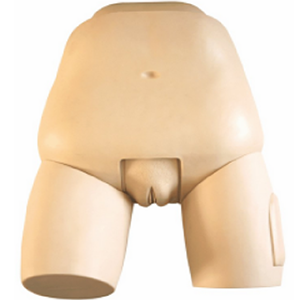
The Advanced uterine fundus Examination and Evaluation Teaching Model is a highly realistic teaching device specially designed for obstetric clinical skills training, aiming to help medical staff accurately master the techniques of measuring the height of the uterine fundus during pregnancy and assessing fetal growth. This model is crafted based...
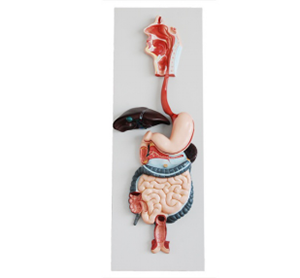
Digestive system models are of great significance in medical education, clinical treatment and patient education. It helps learners and doctors understand the structure and function of the digestive system more intuitively by precisely presenting the various organs of the digestive tract.
more +